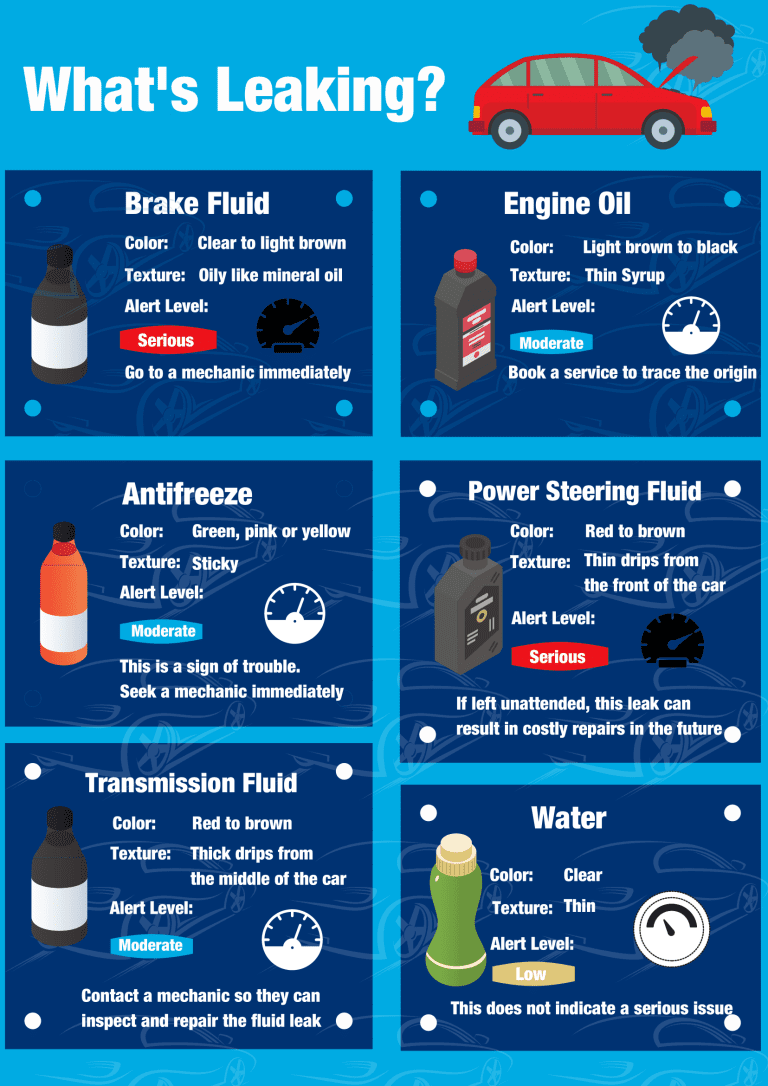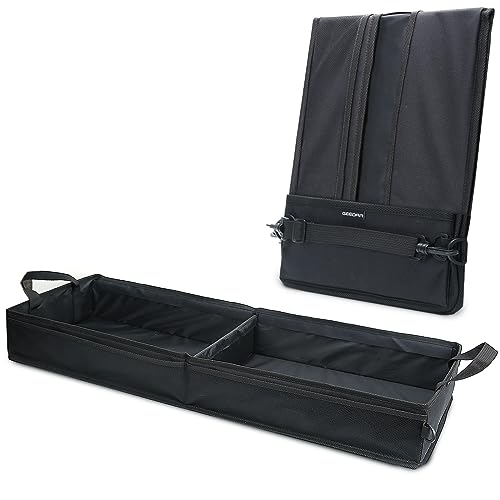When Did Cars Stop Having Crank Windows: The Evolution of Car Window Technology
Cars stopped having crank windows in the mid-1990s when power windows became more widely available in vehicles. As technology advanced, manufacturers began phasing out manual crank windows in favor of the convenience and functionality of power windows.
In the past few decades, the automotive industry has witnessed tremendous technological advancements that have revolutionized the driving experience. One significant shift has been the transition from manual crank windows to power windows in vehicles. This transition has not only improved convenience for drivers and passengers but has also enhanced the overall safety and functionality of cars.
Understanding the historical timeline of this transition can provide valuable insights into the evolution of automotive technology and the factors driving these changes.
Evolution Of Car Window Technology: A Historical Overview
The evolution of car window technology has transformed the driving experience, shaping the way we interact with our vehicles. From early designs to the introduction of manual window cranks, car window technology has come a long way. Let’s take a historical overview of the evolution of car window technology.

Early Windshield Designs
Early windshield designs were primarily aimed at providing protection from wind and debris for the driver and passengers. The first automobiles featured simple glass panes that could be folded down to allow airflow, and later, pivoting windshields were introduced to offer enhanced protection. These developments laid the foundation for future advancements in car window technology.
Introduction Of Manual Window Cranks
The introduction of manual window cranks marked a significant shift in car window technology. Prior to this innovation, car windows were operated by sliding them open or using a hand-cranked mechanism. The manual window crank, which became a standard feature in many vehicles, allowed for easier control of the windows, enhancing comfort and convenience for the occupants.
The Rise Of Crank Windows
Before the advent of power windows, manual crank windows were the norm in the automotive industry. The simplicity and reliability of crank windows allowed for easy operation, making them a popular choice for early automobiles. The evolution of crank window mechanisms also played a significant role in their widespread adoption. Let’s delve into the history of crank windows and explore the factors that contributed to their prominence in early automobiles.
Popularity Of Crank Windows In Early Automobiles
During the early days of automotive manufacturing, crank windows were the primary choice for vehicle openings. The design featured a manual crank handle that occupants could turn to raise or lower the windows. This manual operation provided a straightforward and dependable method for controlling airflow and ventilation within the vehicle. The widespread use of crank windows reflected their functionality and ease of use, making them a staple feature in early automobiles.
Technological Advancements In Crank Window Mechanisms
As the automotive industry progressed, technological advancements in crank window mechanisms further solidified their place in car design. Improved gearing systems and materials enhanced the durability and efficiency of crank windows, offering smoother operation and increased longevity. These advancements contributed to the continued preference for crank windows in vehicles, showcasing the innovation and evolution of manual window control in the automotive landscape.
Transition To Power Windows
In the automotive industry, the transition from crank windows to power windows marked a significant advancement in convenience and comfort for drivers and passengers. Understanding the emergence of power windows in high-end vehicles and the innovations leading to their widespread adoption provides insights into the evolution of automotive technology.
Emergence Of Power Windows In High-end Vehicles
The emergence of power windows in high-end vehicles initially catered to the luxury market. Luxury car manufacturers such as Cadillac and Packard began introducing power-operated windows in the late 1940s, providing a more effortless and sophisticated experience for their discerning clientele. Power windows were seen as a premium feature that epitomized modern luxury and convenience, setting a precedent for their eventual integration into the wider automotive market.
Innovations Leading To Widespread Adoption Of Power Windows
Innovations such as the development of reliable electric motors and advanced control mechanisms facilitated the gradual expansion of power windows beyond the luxury segment. As technologies improved and costs decreased, power windows became more economically viable for mid-range and mass-market vehicles. The incorporation of safety features, such as anti-pinch sensors, further enhanced the appeal of power windows by addressing concerns about potential hazards.
Integration Of Auto Up/down Feature
Integration of Auto Up/Down Feature in car windows has revolutionized the driving experience and enhanced convenience for car owners. The technology has gradually become a standard feature in modern vehicles, owing to its numerous advantages and consumer preferences.
Development Of Auto Up/down Functionality In Power Windows
Initially, manual crank windows were the norm in vehicles, requiring occupants to physically rotate a handle to raise or lower the car windows. The transition to power windows heralded a significant advancement, allowing for automatic window operation through the use of switches or buttons. Among the notable developments in power windows is the integration of the auto up/down feature, enabling the windows to effortlessly open or close with a single touch.
Benefits And Consumer Preferences
The incorporation of auto up/down functionality in power windows offers a range of benefits to drivers and passengers. The convenience of being able to swiftly open or close the windows with minimal effort is especially appreciated during inclement weather or when accessing tollbooths, drive-thrus, or parking areas.
Moreover, the safety aspect cannot be overlooked, as the quick response of the auto up/down feature facilitates prompt closing of the windows in emergency situations. Additionally, the user-friendly nature of this feature aligns with the preferences of modern consumers, who prioritize comfort and ease of use in their vehicles.

Modern Innovations: Smart Windows
In recent years, the automotive industry has seen a remarkable shift towards integrating advanced technologies into vehicles, and one such advancement is the introduction of smart window technology.
The traditional crank windows in cars have given way to smart windows, which are equipped with electronic controls for opening and closing. This innovation not only enhances user convenience but also improves the overall driving experience.
Smart windows are seamlessly integrated with vehicle connectivity systems, enabling users to operate them through centralized control panels or even through smartphone apps. Additionally, these windows are often equipped with automation features, such as auto-closing when the vehicle is locked, adding an extra layer of security and convenience.
Frequently Asked Questions On When Did Cars Stop Having Crank Windows
When Did Cars Stop Having Crank Windows?
Crank windows began phasing out in the late 1980s alongside the introduction of power windows. By the early 2000s, power windows became the standard in most car models, marking the end of crank windows in most vehicles.
Why Did Cars Shift Away From Crank Windows?
The shift away from crank windows was driven by the convenience and functionality of power windows. Power windows offer easier operation, improved safety features, and smoother functioning, making them a preferred choice for both manufacturers and consumers.
What Are The Benefits Of Power Windows Over Crank Windows?
Power windows provide enhanced convenience, safety, and control for vehicle occupants. They offer effortless operation, precise control, and integrated safety features, contributing to a more comfortable and user-friendly driving experience for car owners.
Conclusion
In the world of automotive history, the transition from crank windows to power windows marked a significant advancement. While the exact year when cars stopped having crank windows varies, the shift to power windows brought convenience and modernity to the driving experience.
As technology continues to progress, we can expect further innovations in vehicle design and functionality.







